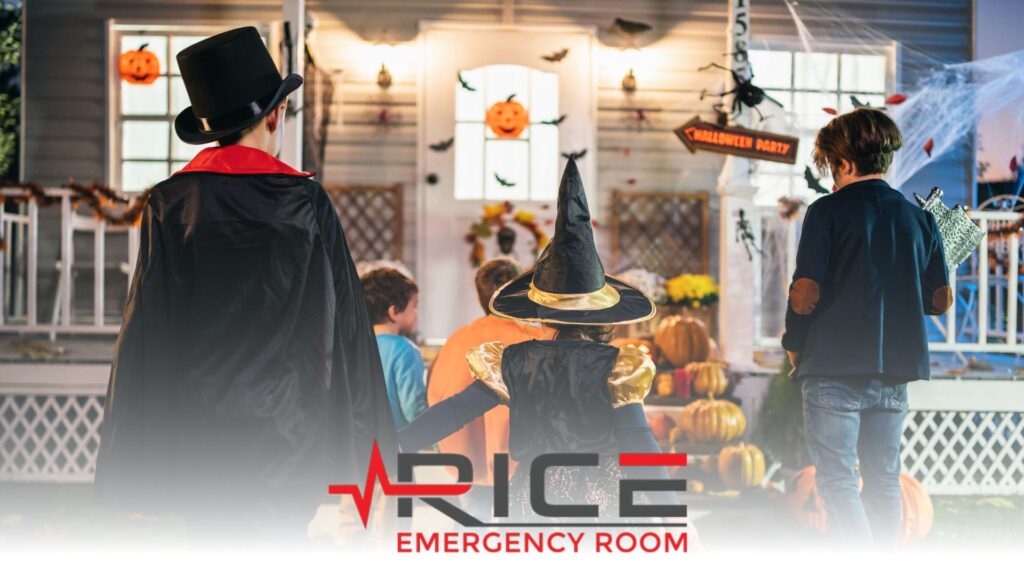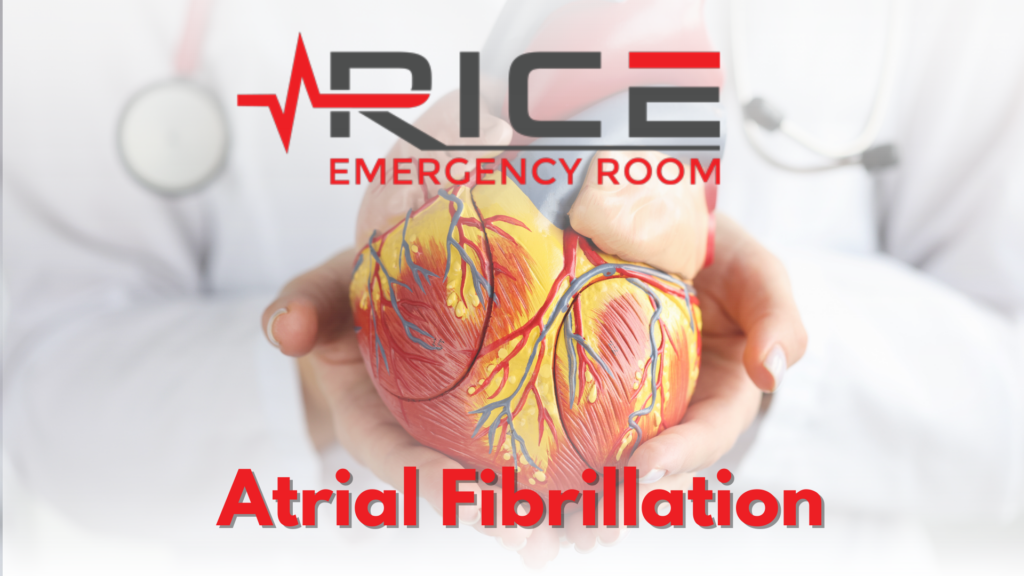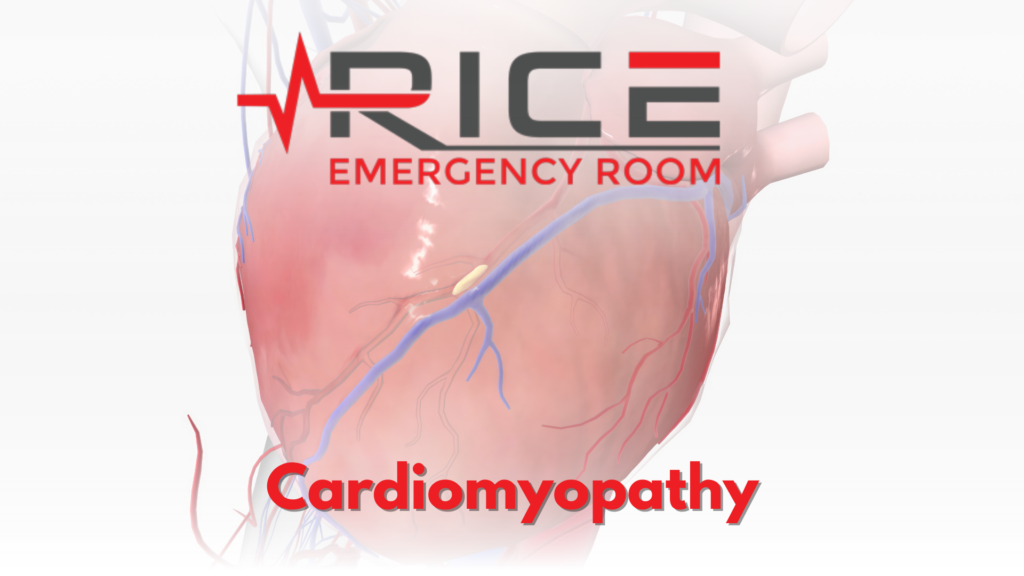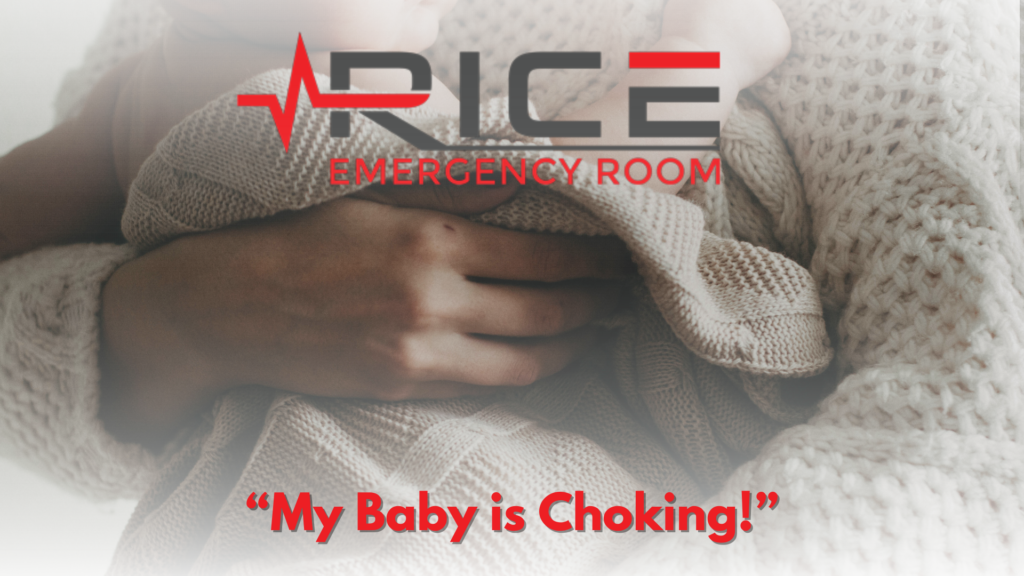The dangers of Halloween accidents is not usually at the top of a childs mind. But as Halloween approaches, homes are filled with spooky decorations, children gleefully select their costumes, and the air gets thick with excitement. While Halloween is undoubtedly a day of fun and frolic, it’s essential to be aware of the potential dangers that lurk in the shadows. Every year, emergency rooms nationwide witness an increase in Halloween-related injuries. Understanding these risks and taking precautions can ensure a safe celebration for everyone.
Common Safety Tips
It’s crucial to prioritize safety for both children and adults. Let’s explore some standard safety Halloween tips to help ensure a night of eerie enjoyment while keeping potential hazards at bay. From costume precautions to candy-checking strategies, let’s dive into the essential precautions to make this Halloween a safe and memorable experience for everyone.
1. Costume Trips/Falls
The thrill of dressing up often makes kids forget the importance of mobility and visibility in their costumes. Common injuries like twisted ankles, sprains, broken bones, and head injuries are typical when children trip over long costumes or can’t see correctly through masks.
Preventive Tips:
- Ensure costumes fit well and are a proper length and not bulky.
- Masks should fit snugly without obstructing vision. Alternatively, use face paint.
- Use reflective tape on costumes and bags to increase visibility.
2. Pumpkin Carving Mishaps
Carving pumpkins is a cherished Halloween tradition but often leads to unintentional injuries. Common injuries can be cuts, puncture wounds, and even severed fingers, which can occur when pumpkin carving goes awry.
Preventive Tips:
- Always supervise children and never let them handle sharp tools.
- Opt for specially designed pumpkin carving kits instead of kitchen knives.
- Keep hands and tools dry to avoid slipping.
3. Candy Choking Hazards
Treats are the highlight of Halloween for many kids, but some candies pose choking risks. Common injuries can be choking incidents that often arise from hard candies, gummies, or small toys.
Preventive Tips:
- Always inspect candy before allowing kids to eat it.
- Be particularly cautious with children under four and avoid giving them hard candies.
- Educate children on the importance of chewing their food correctly.
(Texas Children’s Hospital)
4. Pedestrian Safety
- Parents should establish a designated route for their children in a familiar neighborhood.
- Children should carry flashlights, stick to sidewalks, stop at intersections, and cross streets in groups.
- Motorists must drive cautiously, watching children on medians, in alleys, and in driveways.
- Consider makeup instead of masks, or choose masks that don’t obstruct vision or hearing.
(Weir)
5. General Safety Planning:
- Parents should set a curfew for older adolescents.
- Children should travel in small groups, be accompanied by an adult, visit well-lit houses, and stay on porches instead of entering homes.
- Ensure children know their phone numbers and carry coins for emergency calls, with their names and addresses attached to their costumes.
- Avoid using rigid or sharp costume knives or swords.
- All treats should be brought home for parental inspection.
- Adults should prepare for trick-or-treaters by clearing porches, lawns, and sidewalks and placing jack-o’-lanterns away from doorways and walkways.
(Weir)
Determining if an Injury Requires an ER Visit
While prevention is key, accidents can still happen. Recognizing when to seek professional help can make a difference in the outcome:
- Head Injuries: Any fall or hit to the head that results in unconsciousness, vomiting, a severe headache, or disorientation warrants immediate ER attention.
- Severe Cuts: If bleeding doesn’t stop after applying pressure for 10 minutes, or if the wound is deep, a trip to the ER might be necessary.
- Choking: If a child cannot speak or breathe or is turning blue, it’s an emergency. Learn and apply the Heimlich maneuver and head to the ER if the obstruction doesn’t clear.
(Tatum)
Halloween promises a delightful and spooky time for all. We can ensure that everyone enjoys a safe and memorable celebration by staying informed about potential risks and taking safety measures. Remember, prioritizing safety over scares and knowing when to seek professional help in case of accidents can make all the difference. Have a spectacular and safe Halloween!
Works Cited
Texas Children’s Hospital. “Keeping Your Kids Safe on Halloween.” Texas Children’s Hospital,
www.texaschildrens.org/blog/keeping-your-kids-safe-halloween.
Weir, E. “The Hazards of Halloween.” CMAJ : Canadian Medical Association Journal = Journal de l’Association Medicale Canadienne, U.S. National Library of Medicine,
www.ncbi.nlm.nih.gov/pmc/articles/PMC80571/.
Tatum, Steven. “Halloween Safety Tips for Kids & Adults.” The Emergency Center, 4 Nov. 2022,




